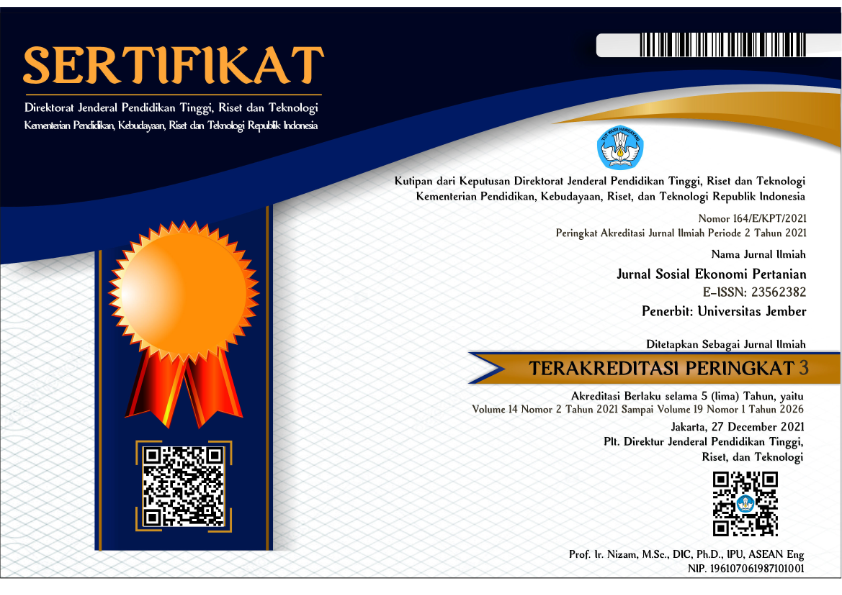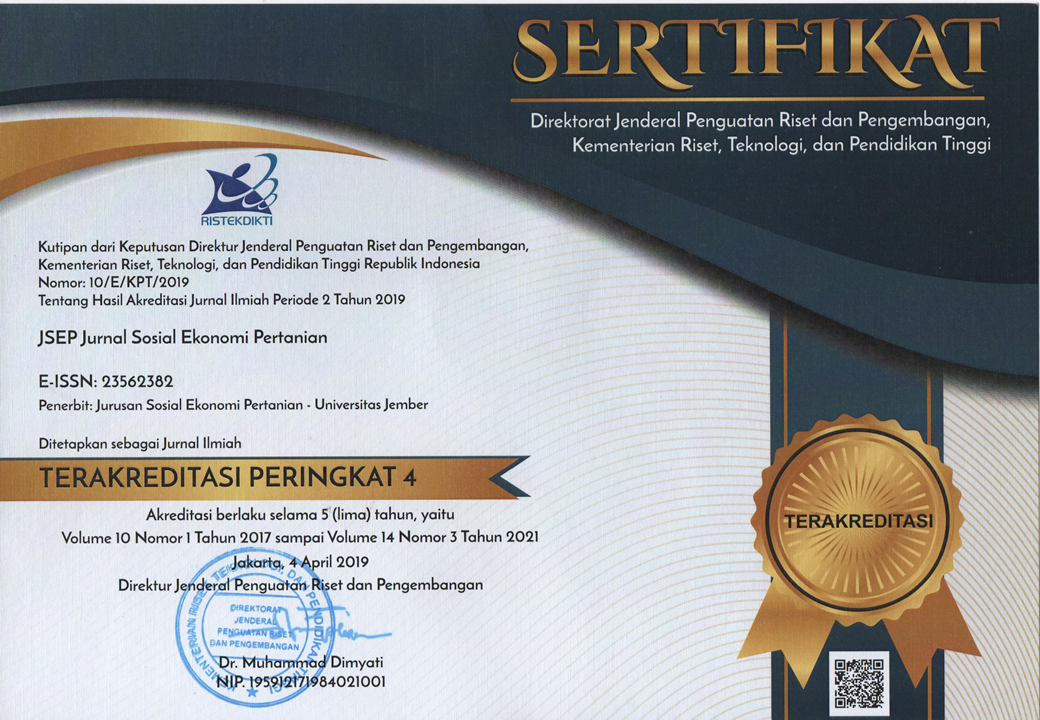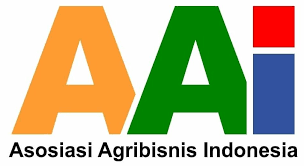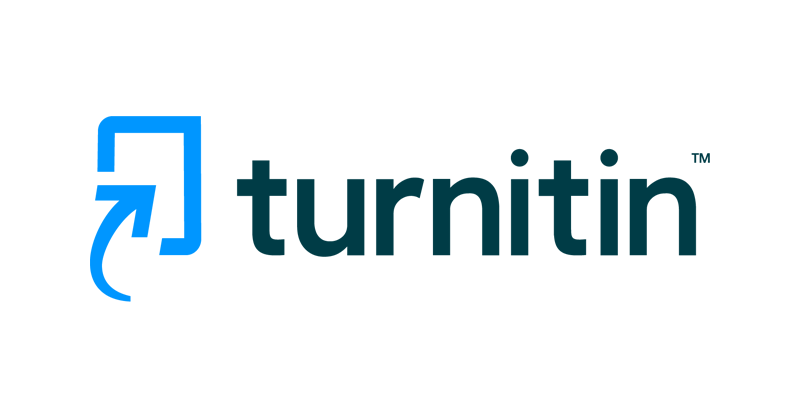POTENSI KOMODITAS LELE SEBAGAI SUPLAI BAHAN PANGAN HEWANI DAN POTENSI AROINDUSTRI OLAHANNYA DI KABUPATEN BOYOLALI
Abstract
In the Strategic Plan, 2010-2014 Agriculture Department stated that the consumption of food, including fish for Indonesia's population is expected to increase. So it is necessary to realize the target of processed fish product diversification efforts to increase interest/public taste of the fish. One type of fish that is readily available and popular with the public is catfish. Central Java is one of the catfish producers in Indonesia and Boyolali Regency third place as the center of catfish farming in Central Java. This purpose of this research is to identify potential commodities catfish as animal food supply and identify potential agro-industries catfish processed food in Boyolali Regency. For the first goal by taking a sample of 30 catfish farmers in the district, while the second goal through a survey conducted with all districts in Boyolali Regency (19 districts). The results showed that the catfish as a potential commodity supply of animal food in Boyolali Regency very well. This conclusion is obtained as the average income of farmers catfish/hectare/planting of Rp 372.175.625,00. Based on the Borda analysis of processed catfish Potential Agro-industry in Boyolali Regency was ranked first among developing agro-industries there. This is not out of the high income catfish farming (aquaculture), then the supply of raw materials into processed catfish guarantee the sustainability of agro-industry in the Boyolali Regency.
Keywords : Catfish, Boyolali Regency, Catfish processed food
Jurnal Sosial Ekonomi Pertanian (J-SEP) has CC-BY-SA or an equivalent license as the optimal license for the publication, distribution, use, and reuse of scholarly work.
The work is simultaneously licensed under a Creative Commons Attribution-ShareAlike 4.0 International License, which permits others to share the work with an acknowledgement of the authorship and the work's initial publication in this journal. Authors who publish with this journal retain their copyright and grant the journal the right of first publication.

3.png)






.png)













